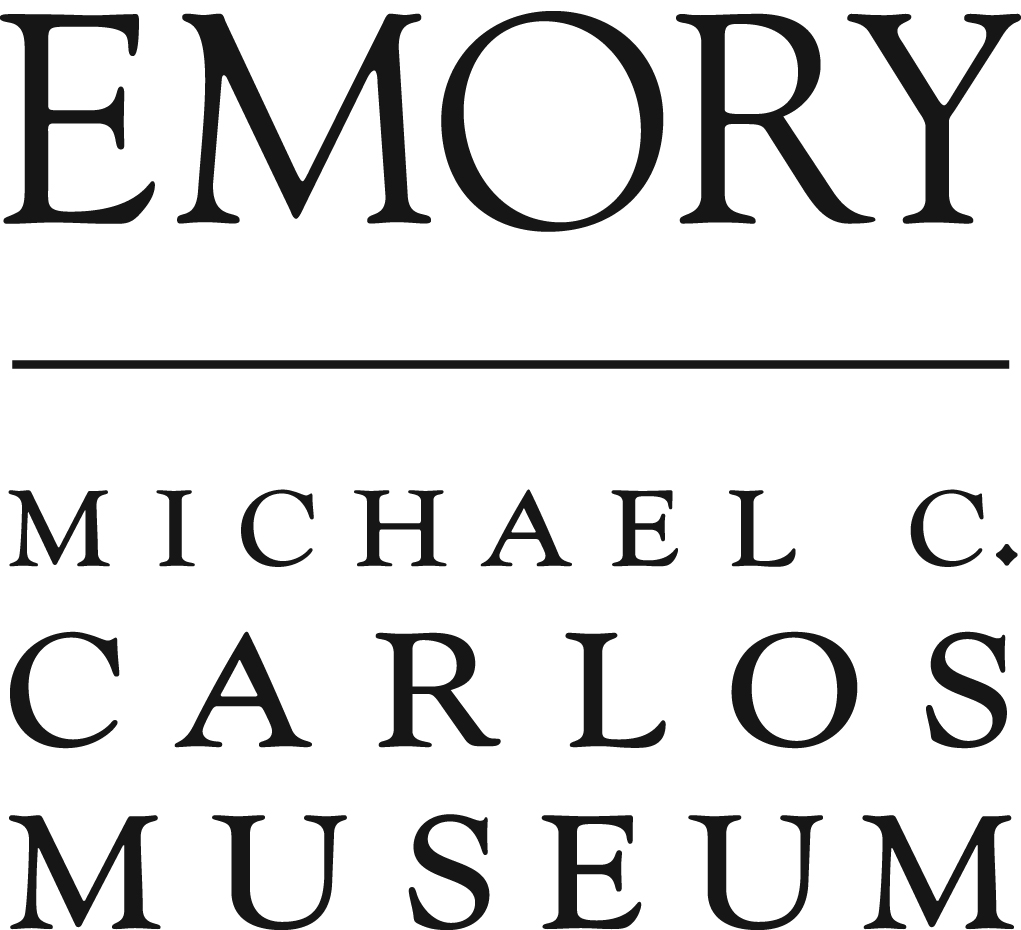Wari is the name given to a civilization that rose in the Ayacucho valley of Peru during the time period called the Middle Horizon by archaeologists: ca. 600-1000 CE. Their principle settlement is called Huari in the Ayacucho valley in Peru.”Huari” was also the name given to the people who built it but the spelling was altered to Wari to make a distinction between the site and the people.
They formed what is called a state level society meaning that a central site controlled a large number of other sites stretched across a wide territorial area. They had an administrative and political hierarchy which managed this network and had access to a wide range of labor and resources. There is evidence that they also gained control over sacred areas and implemented their own rituals.
Their high level of organization and access to labor and resources meant that they had the ability to create an amazing range of textiles which were designed not only to express their world view and relationship with nature but as a statement of their wealth and power. Because they did extend into the extremely dray coastal areas and buried a number of their dead in these regions, a large number of their textiles survived. One of these types of textiles are the tie dye tunics and mantles of which the fragment in the Michael C. Carlos Museum would have been a part.

